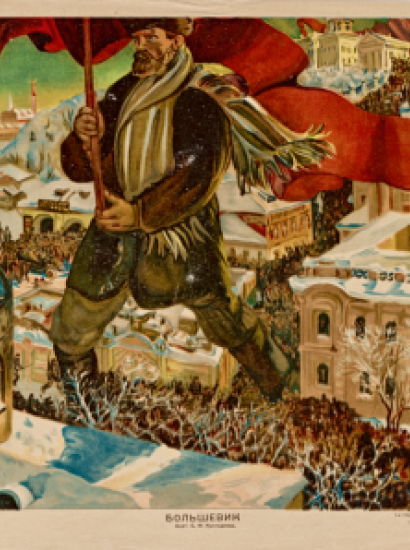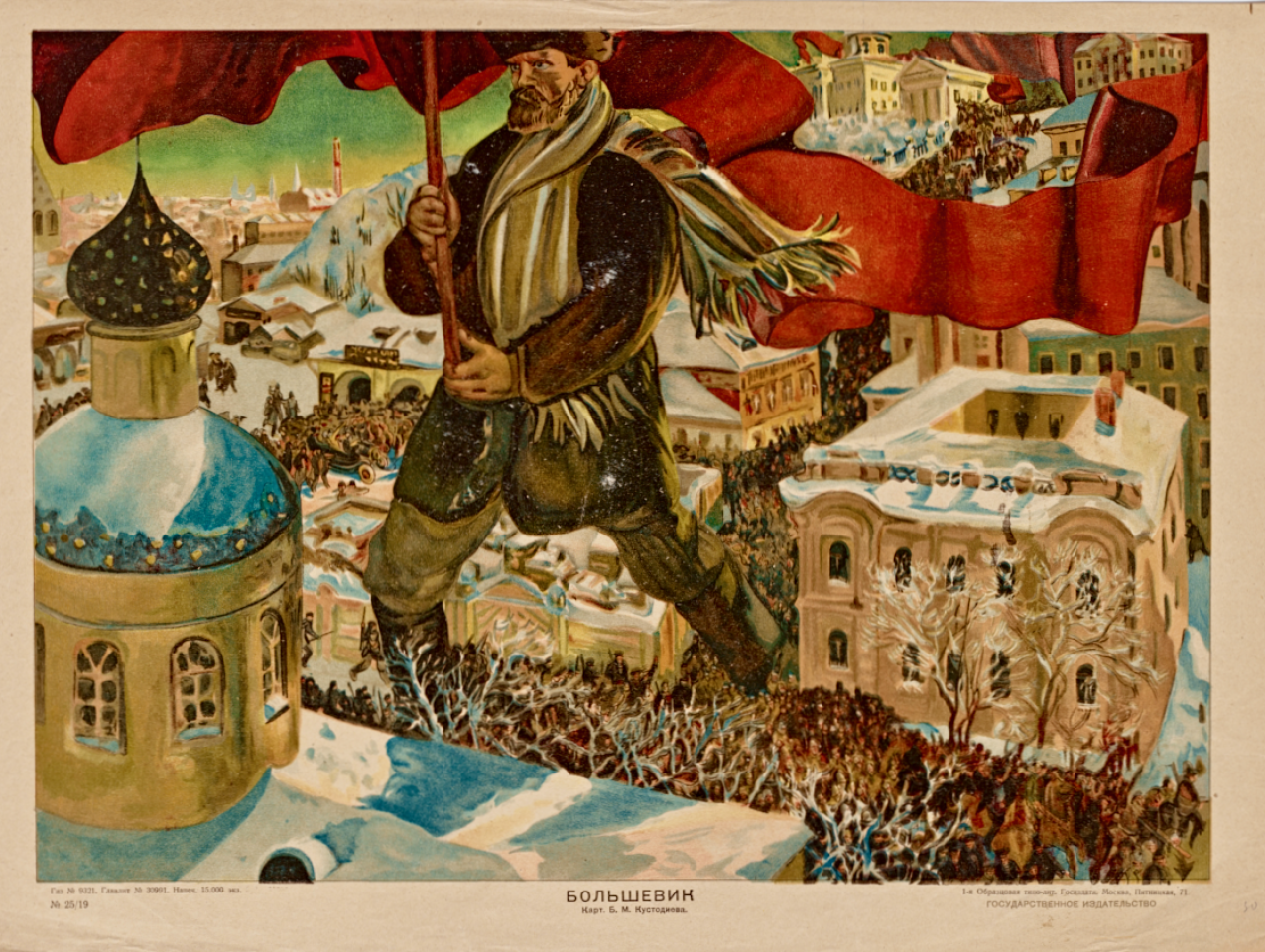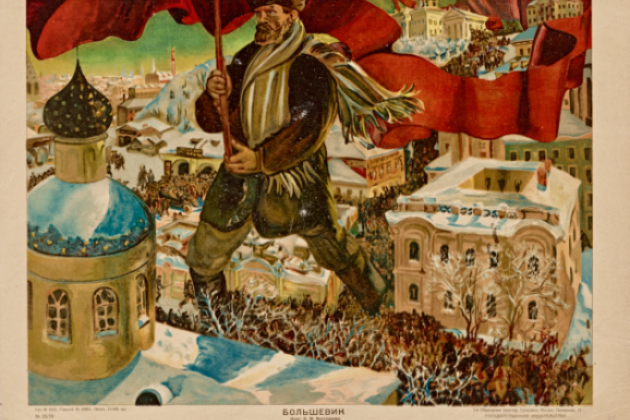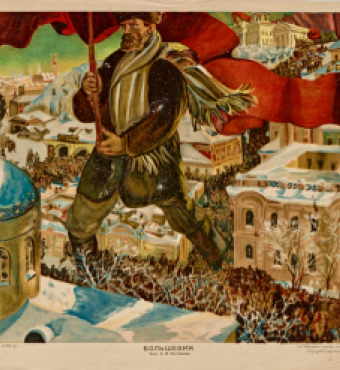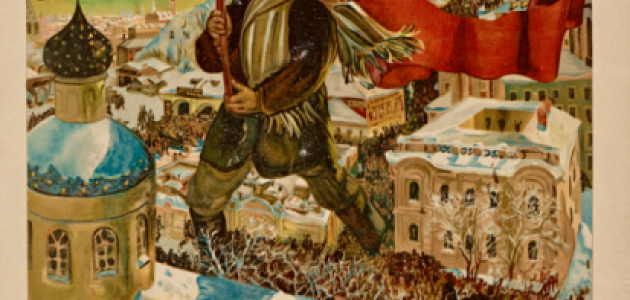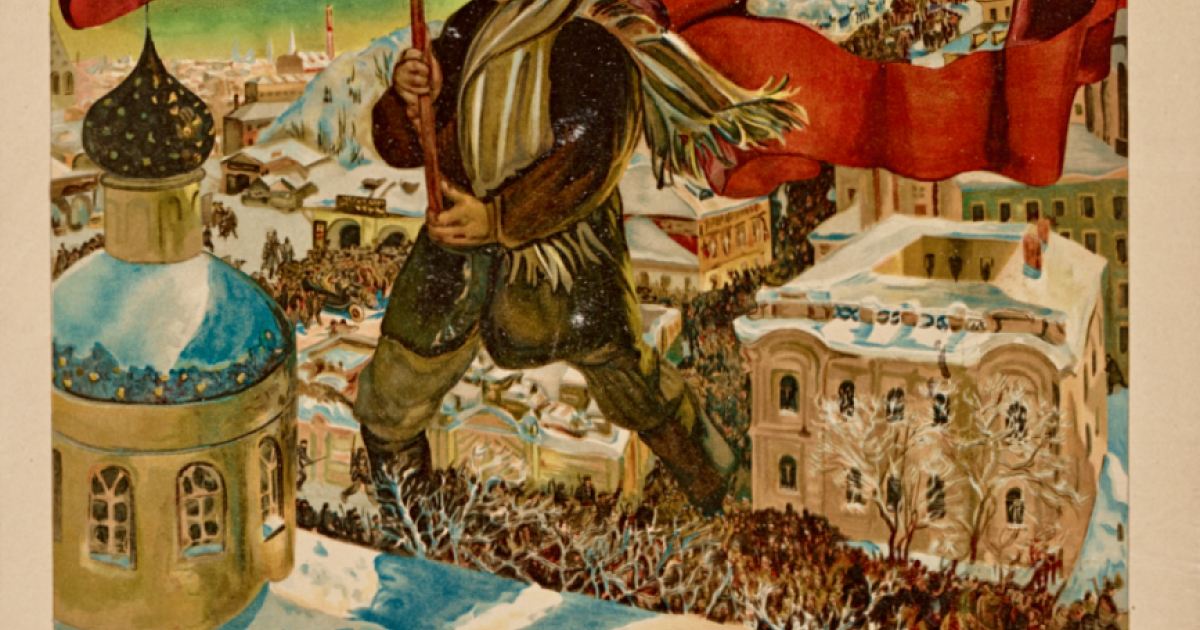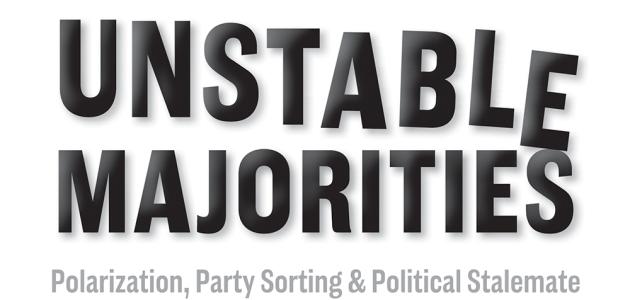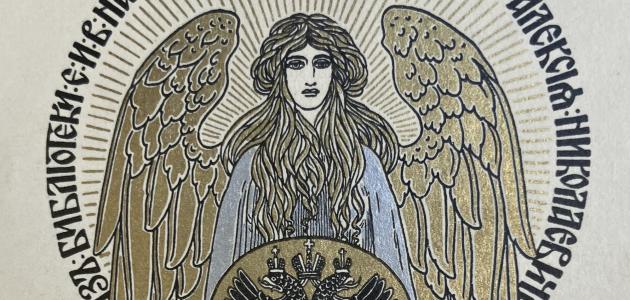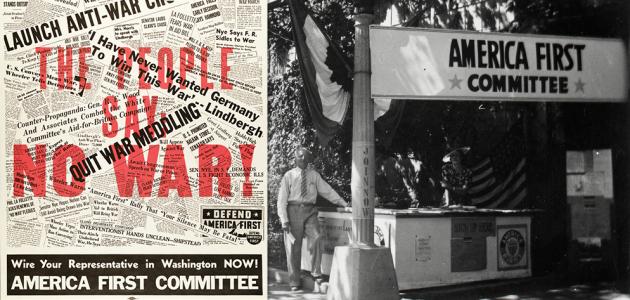On November 10-11, Hoover scholars and staff participated in the annual conference of the Association for Slavic, East European, & Eurasian Studies (ASEES) in Chicago. This conference introduced the great American collectors of books and archives —Frank A. Golder, Avrahm Ts. Yarmolinsky, and Harry Miller Lyndenberg, for example—who worked in Soviet Russia and Ukraine during the early years of the Bolshevik regime. The conference featured a panel dedicated to Hoover materials convened and organized by Visiting Fellow Edward Kasinec, co-curator of the current Library & Archives exhibition The Crown under the Hammer: Russia, Romanovs, Revolution. The participants discussed rare print, art and archives the collectors gathered, the political and cultural circumstances in which they worked, and the foundational American collections they created. The conference also focused on newly acquired and known visual sources—photographica, film, watercolors, graphics—dealing with the late Romanovs and the early years of Bolshevik rule. Speakers addressed the practical issues of exhibiting these and similar materials in a variety of exhibition venues in both England, Western Europe and the United States. See below for descriptions of the talks delivered by Hoover-affiliated participants at the conference.
Michael C. Herrick
Swinging Open the Vault Doors: The Hoover’s Rare Books and Art Collections
In addition to building a first-rate collection on the Russian Revolution and the early history of the Soviet state, Frank A. Golder’s personal collecting interests brought to Hoover some remarkable niche collections the largest of which is the Russian Art Collection. This collection is predominately comprised of prints and art folio volumes produced in Russia and about Russian-produced art from the mid-nineteenth century to the early 1920s. However, Golder’s activity, and the collecting of later curators, includes pre-nineteenth-century imprints and a range of topics extending well beyond pre-revolutionary Russian art.
My presentation focused on the full breadth of the Russian Art and other pre-revolutionary Russian imprints at Hoover located in what are called its vault collections: from Russian Americana and Russian voyages of discovery to numismatics, genealogy and other pursuits of upper class pre-revolutionary Russian society. In addition to surveying the holdings and highlighting recent discoveries of particular significance, my talk discussed issues of access and bibliographic control. It also raised questions about forms of description of rare materials, focusing on both historical practices in American libraries and raising issues about the future design of metadata repositories as it relates to special collections like Hoover’s.
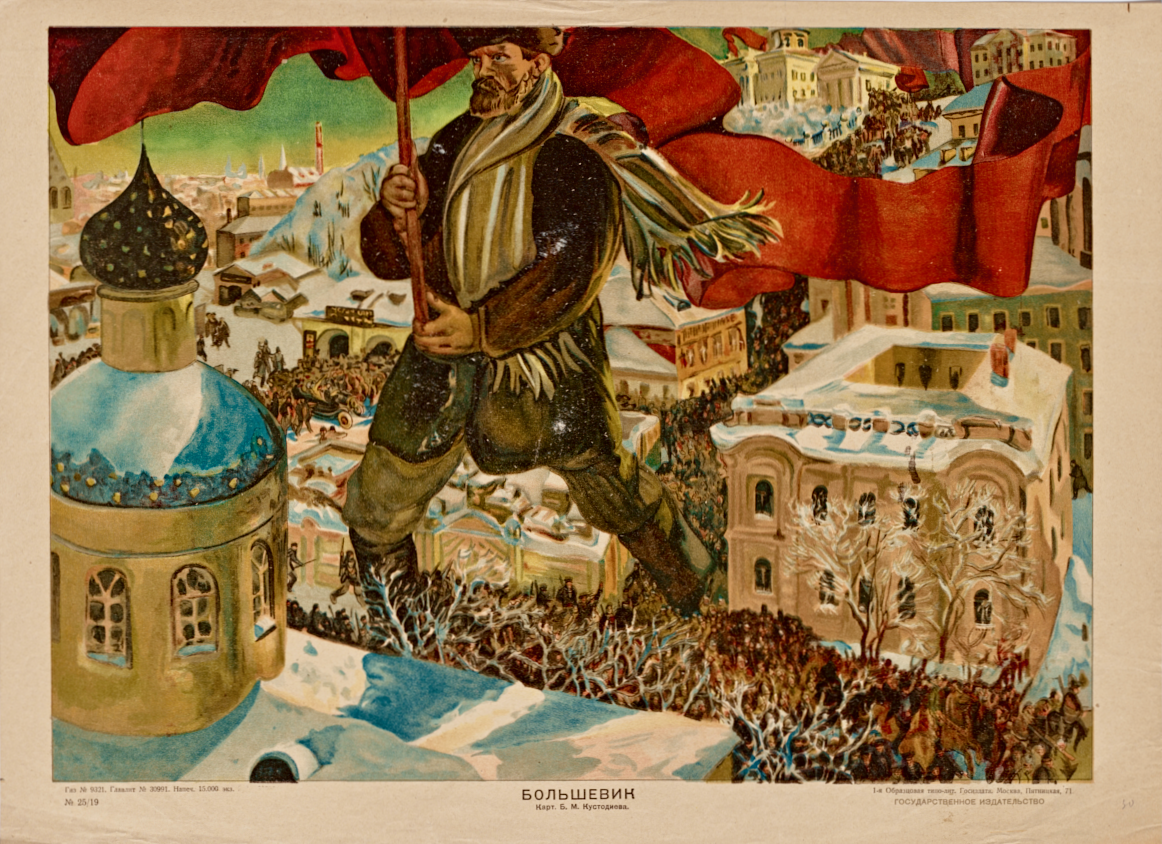
Bertrand M. Patenaude
Frank Golder, Collecting The Revolution, and the Making of ‘The Crown Under the Hammer'
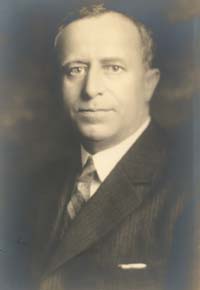
Among the American relief workers who entered Soviet Russia in the summer of 1921 to battle the Great Famine was a Stanford historian by the name of Frank Golder. Golder had come to Stanford in 1920 to teach summer school and was enlisted to go to East-Central Europe that year as a curator for the newly founded Hoover War Collection. In August 1921, Golder entered Soviet Russia as an advisor to the American Relief Administration (ARA), a private relief organization led by Herbert Hoover. Golder remained in Soviet Russia for most of the next twenty-one months, often contributing his services to the American relief effort. His collecting achievement during this period was his most important professional accomplishment. Thanks to his efforts, the Hoover Institution's holdings on early Soviet history are unsurpassed in the West.
Golder had been in St. Petersburg in 1914 when Russia entered the Great War, and again in 1917 at the time of the February Revolution. In 1921 he was able to draw on his past contacts with Russian archivists, scholars, and librarians, and he also made new connections within the Bolshevik establishment, most importantly with the Marxist historian and Deputy People's Commissar of Enlightenment Mikhail N. Pokrovskii, who assisted him in collecting, free of charge, most official publications since 1917, including complete runs of many newspapers and journals. Book prices were very low when Golder arrived in Russia, and he purchased aggressively. In addition, he also acquired the personal papers of several individuals, including a manuscript of singular importance: the diary of a Moscow historian and library official Iuri V. Got'e.
My talk focused on Golder's collecting work in Soviet Russia (his remarkable collecting feats in East-Central Europe in 1920-21 can only be mentioned), and how the fruits of his achievement are an essential component of “The Crown under the Hammer,” a joint exhibition of the Hoover Institution and the Cantor Arts Center at Stanford that opened on October 18, 2017.
Elena S. Danielson
Reassessing a Dual Vision: The Artist Ivan A. Vladimirov (1869-1947)
During the Revolution and its aftermath, the formally trained battle artist Ivan A. Vladimirov turned his powers of observation to the experiences of ordinary Russians in tumultuous times. Widely reproduced in Soviet text books and museum postcards, his historical paintings have served a purpose similar to news photographs but with a stronger narrative element that honored the sacrifices and hard-won triumphs of the era. Consciously or not, many Russians absorbed their image of every-day life in the Revolution from his work. Less well known, his empathy extended to the victims of the Revolution as well in paintings of persecuted priests, humiliated aristocrats, fleeing emigres, and the displaced middle class.
The Hoover Institution Archives at Stanford has preserved 40 original Vladimirov paintings in gouache and oil since the 1920s, as well as authored posters and rare lithographs in its “Art Book Vault.” For most of that time, the artist's signature on the original paintings was carefully concealed with small scraps of tinted paper to protect his identity and prevent political repercussions. Fortunately, more biographical information on the artist himself has recently become available in Russia. After 100 years, the two aspects of Vladimirov's sympathetic vision of the Russian experience of revolution can be reunited in a reassessment of his story-telling art.
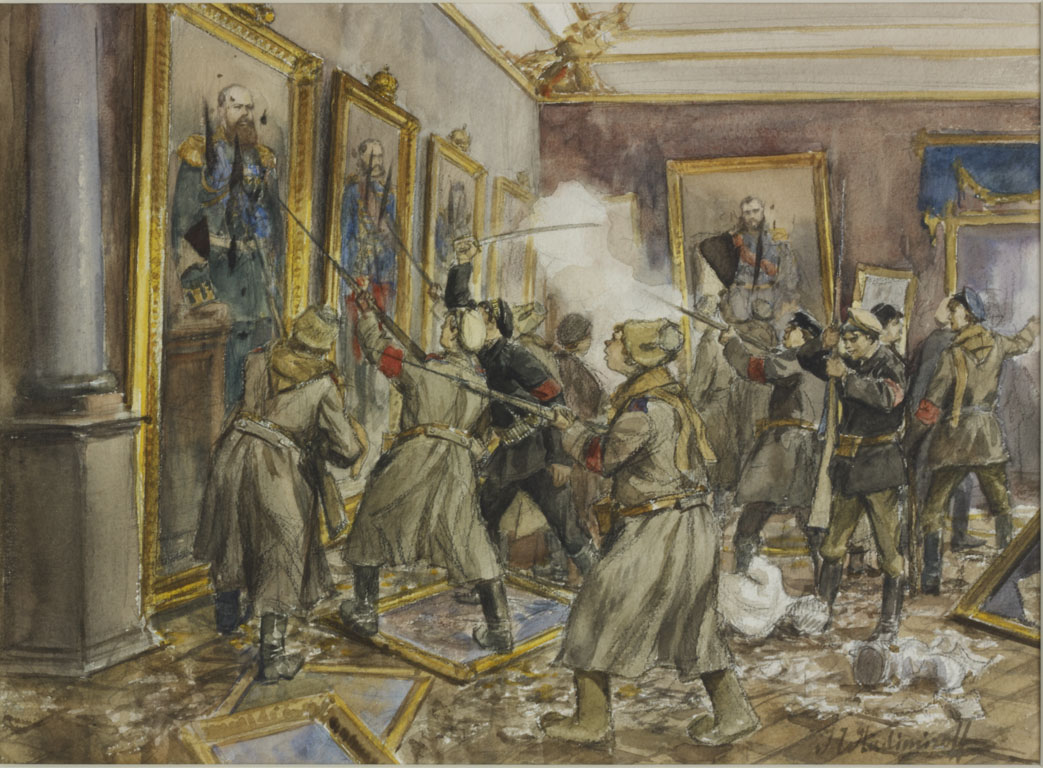
Anatol V. Shmelev
Visualizing The Romanov Dynasty: The Imperial Family in Art, Photographs and Moving Images
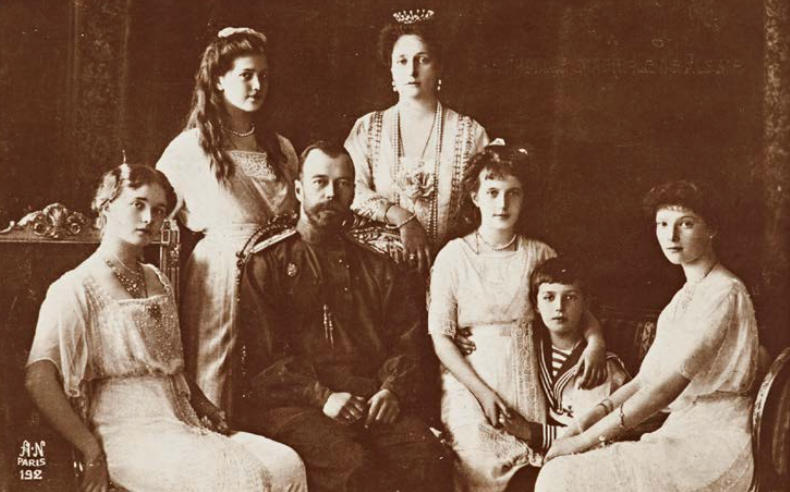
The Hoover Institution houses some of the most spectacular Romanov collections outside the Russian Federation. The papers of Dowager Empress Maria Fedorovna, Grand Duchess Kseniia Aleksandrovna and other members of the extended Imperial Family are supplemented by the papers of those who knew them or were close to them. Casting the net wider, there is also a good deal of material produced or collected by those who, through government of military service or personal circumstance, came into more or less meaningful contact with the Imperial Family and left a record of facts and impressions witnessed during this contact.
Among these materials, visual objects, both two and three-dimensional, form a particularly significant subset of materials that has been underutilized in research and yet tells a valuable story, no less valuable than the paper records held by the Hoover Archives. My talk discussed their historical meaning and their potential for illustrating and visualizing the story of the Romanovs and the Russian Empire in new ways.





